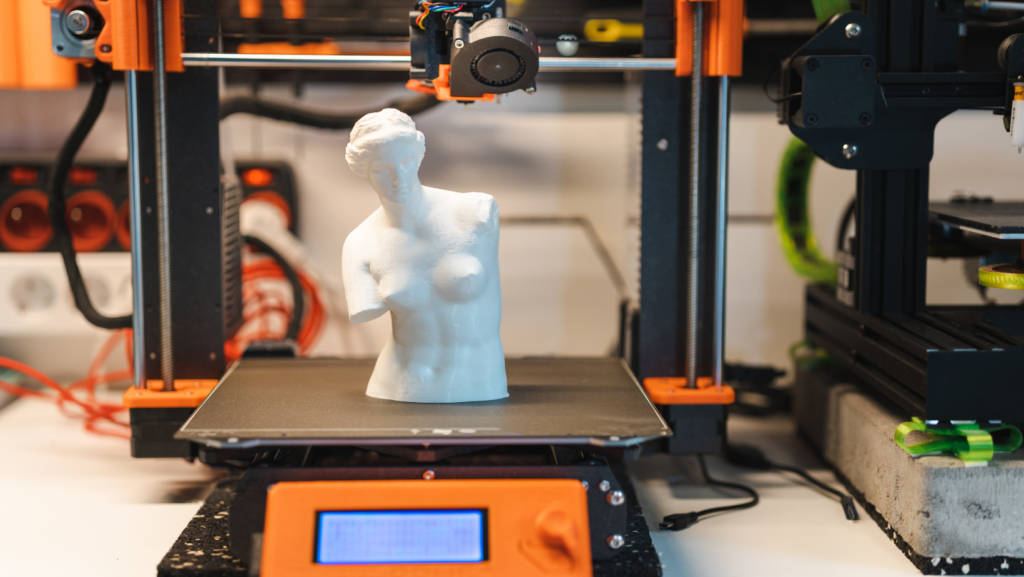
Intro
Welcome to the forefront of design innovation! In today’s rapidly evolving world, 3D printing has emerged as a game-changing technology that is revolutionizing the way we think about and create designs. This blog is your guide to navigating the exciting and constantly evolving landscape of 3D printing, offering insights and inspiration for those ready to unleash their creativity and embrace the limitless possibilities of this cutting-edge technique. Get ready to dive deep into the future of design and discover how 3D printing is paving the way for groundbreaking innovations. Let’s embark on this journey together and explore the endless potential of 3D printing in shaping the world of design.
Understanding the Basics of 3D Printing and Its Evolution in Design
Welcome to the fascinating world of 3D printing! In this section, we will explore the basics of this groundbreaking technology and how it has evolved to shape the world of design as we know it.
At its core, 3D printing is a creative technology that allows you to bring your ideas to life in three dimensions. It enables you to transform digital designs into physical objects using a layer-by-layer additive manufacturing process. The possibilities are truly limitless!
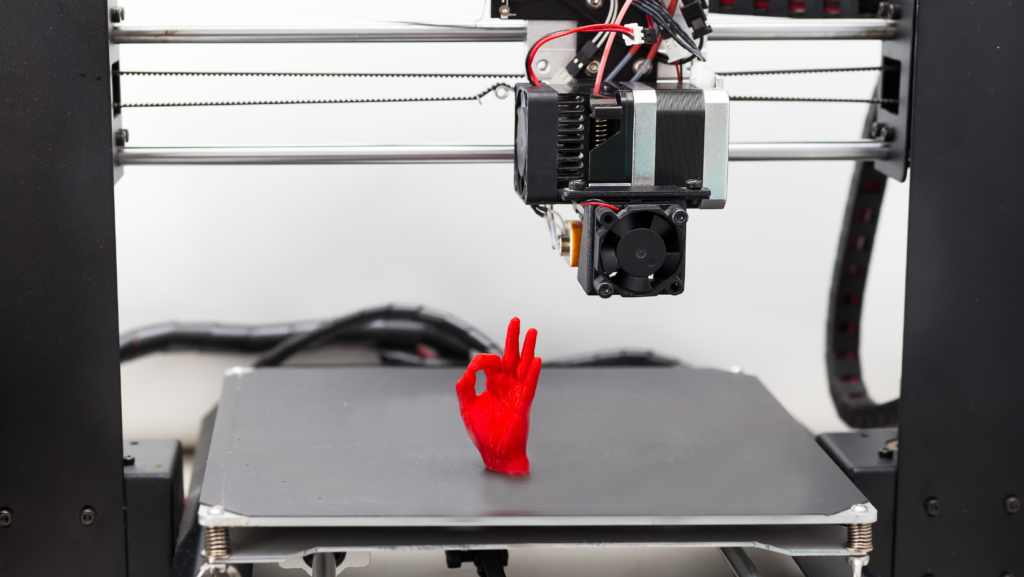
One of the pioneers in the field is Ultimaker, a leading manufacturer of 3D printers known for their precision and reliability. With an Ultimaker printer, you can create intricate and complex designs with ease. But they are not the only player in the game. Other notable brands like Dremel Digilab and Creality K1 Max 3D have also made significant contributions to the evolution of 3D printing, offering their own unique set of features and capabilities.

To get started with 3D printing, you will need a few key components. First, you’ll need a digital 3D model, which can be created using computer-aided design (CAD) software or downloaded from online repositories. Next, you’ll need a 3D printer, which will translate your digital design into a physical object. Finally, you’ll need a material to print with, such as PLA (polylactic acid) or ABS (acrylonitrile butadiene styrene).
As 3D printing technology has advanced, so have the possibilities. Today, you can print objects in a wide range of materials, including metals, ceramics, and even food! The applications of 3D printing in design are vast, spanning industries such as automotive, healthcare, architecture, fashion, and more. From creating custom prosthetics to designing intricate jewelry, the potential to innovate and disrupt traditional manufacturing processes is immense. As 3D printing becomes more accessible and affordable, it has opened up a world of opportunities for designers and creators. No longer limited by the constraints of traditional manufacturing methods, designers can now explore new forms, shapes, and structures that were once deemed impossible.
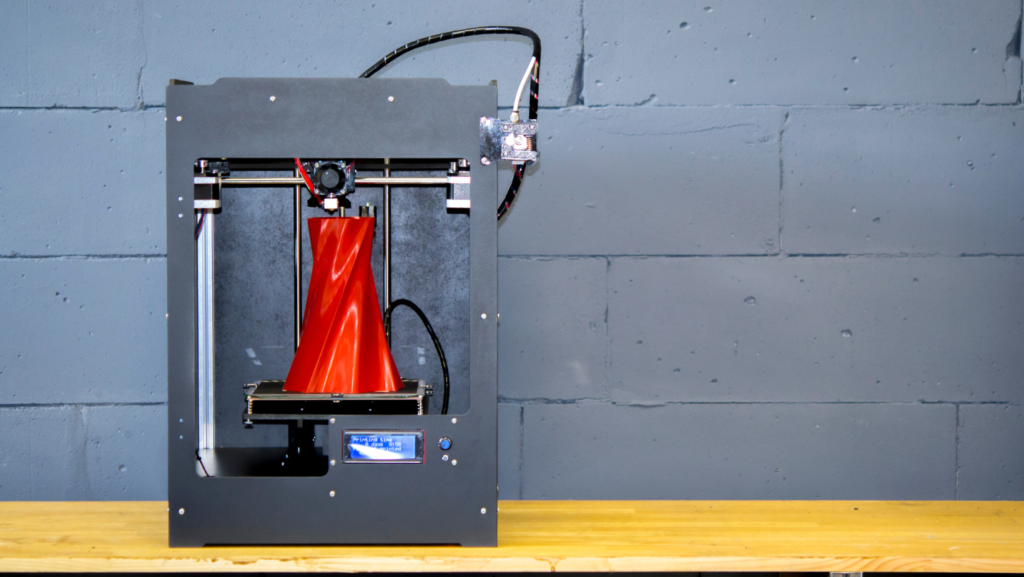
The ability to iterate and prototype designs quickly has also revolutionized the design process. With 3D printing, designers can rapidly create physical models and test their ideas, making improvements and adjustments on the fly. This not only saves time but also reduces costs associated with traditional manufacturing processes. Furthermore, 3D printing has also democratized design, allowing individuals and small businesses to compete on a global scale. With the right equipment and skills, anyone can now turn their creative visions into reality. This has resulted in a vibrant and diverse community of makers, pushing the boundaries of design and inspiring others to do the same.
Revealing Current Innovative Trends in 3D Printing
In the ever-evolving world of 3D printing, there are always new and exciting trends emerging that push the boundaries of design. From advanced materials to groundbreaking techniques, the realm of 3D printing is constantly evolving. One of the current trends in 3D printing is the rise of customizable and personalized designs. With the help of 3D printing, designers can create unique and intricate designs that cater to individual preferences and needs. This trend is revolutionizing industries such as fashion and healthcare, where personalized products are in high demand. Additionally, there has been a surge in the use of environmentally friendly materials in 3D printing.
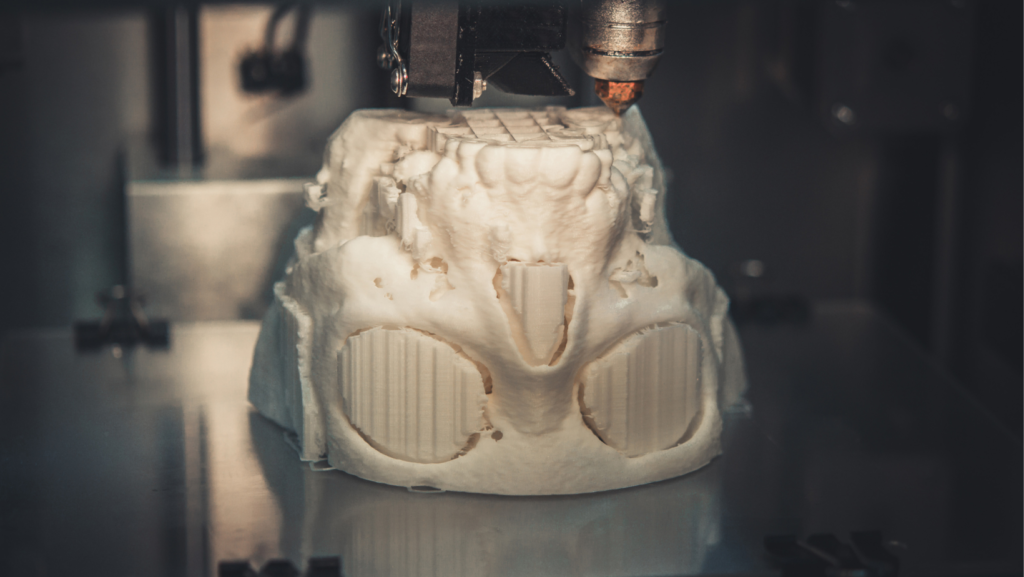
PLA and ABS have long been popular choices, but now designers are experimenting with materials such as biodegradable plastics and recycled materials to reduce the environmental impact of their designs. Another trend in 3D printing is the development of more accessible and user-friendly printers. Brands like Dremel Digilab, Creality K1 Max 3D, and Ultimaker are leading the way in creating affordable and reliable printers that are accessible to a wider audience. As technology continues to advance, we can expect even more exciting trends to emerge in the world of 3D printing.

Whether it’s exploring new materials, experimenting with cutting-edge techniques, or utilizing user-friendly printers, there is no shortage of innovation in the world of 3D printing. So, keep an eye out for these current trends and stay ahead of the game with the latest 3D printing tips and tricks. The possibilities are limitless! Another exciting trend in 3D printing is the integration of creative technology such as augmented reality (AR) and virtual reality (VR) into the design process. These technologies allow designers to visualize their creations in a virtual space, enabling them to make necessary modifications before the actual printing process begins.
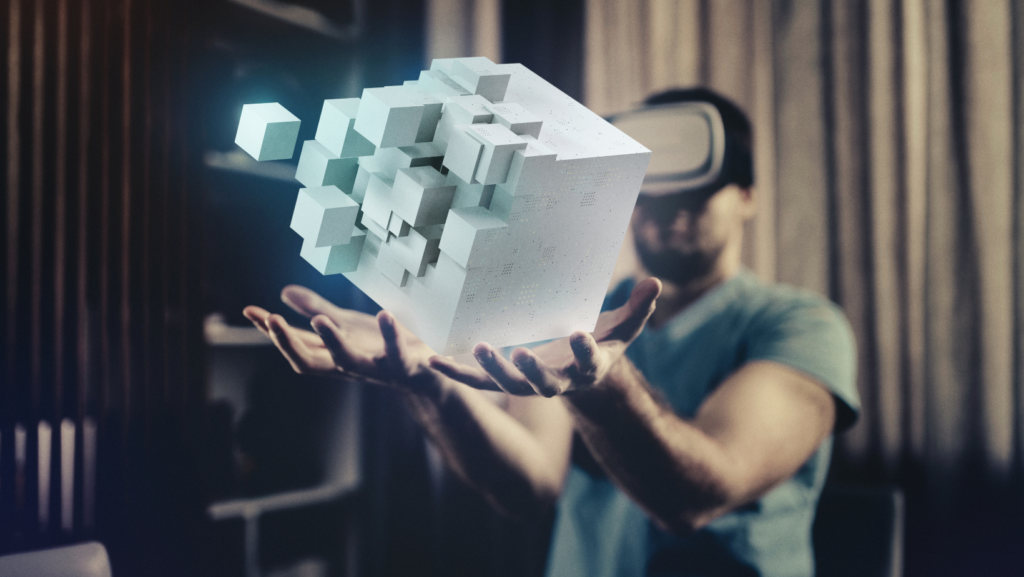
This fusion of 3D printing and creative technology opens up new possibilities for creating complex and interactive designs. Additionally, the use of generative design algorithms is gaining traction in the 3D printing industry. By leveraging artificial intelligence and computational tools, designers can generate intricate and organic structures that were previously unimaginable. This combination of creativity and technology is pushing the boundaries of what is possible in the world of 3D printing and offers endless opportunities for innovation and exploration.
Potential Impact and Applications of 3D Printing on the Future of Design
The potential impact of 3D printing on the future of design is truly mind-boggling. This cutting-edge technology has already made waves in various industries, and its applications continue to expand and evolve. In this section, we will explore some of the potential impact and applications of 3D printing that will shape the world of design in the coming years.
One of the most exciting aspects of 3D printing is its ability to democratize design and manufacturing processes. With 3D printing, individuals and businesses can bring their ideas to life without the need for extensive resources or specialized equipment. This opens up a world of opportunities for creativity and innovation, allowing designers to explore new concepts and prototypes quickly and efficiently.
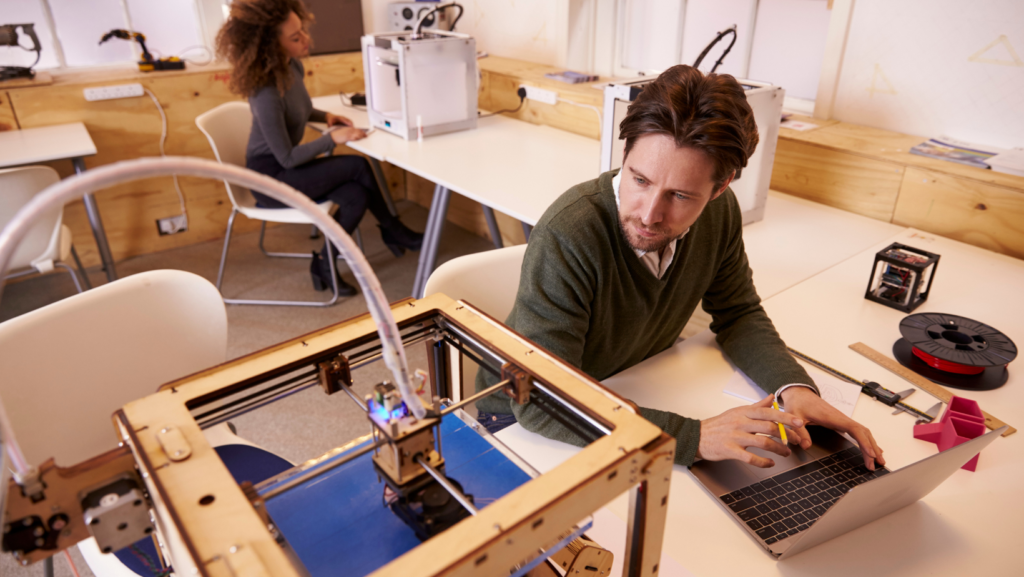
The future of design will be more accessible, inclusive, and diverse, thanks to the limitless possibilities offered by 3D printers such as Ultimaker. In terms of applications, the possibilities are endless. In the automotive industry, 3D printing is already being used to create custom and lightweight parts, enhancing performance and reducing costs.
The medical field has also been revolutionized by 3D printing, with the ability to create personalized prosthetics, implants, and even organs. Architects are using 3D printing to create intricate and sustainable building designs, while the fashion industry is experimenting with 3D-printed garments that push the boundaries of traditional fashion.
The impact of 3D printing extends beyond just product design. This technology has the potential to transform supply chains and manufacturing processes, reducing waste and increasing efficiency. With 3D printing, designers can produce objects on-demand, eliminating the need for large-scale production and storage. This not only reduces costs but also allows for more sustainable and environmentally friendly practices.

To stay ahead in the world of 3D printing and design, it’s essential to keep up with the latest tips and tricks. As technology advances, new techniques and materials emerge, offering designers even more possibilities. Stay connected with the 3D printing community, attend workshops, and experiment with different software and printers to explore the full potential of this game-changing technology.
The future of design is bright, and 3D printing is leading the way. Embrace the limitless possibilities, stay informed, and get ready to shape the world with your innovative designs. The journey has just begun, and the world of 3D printing tips is waiting for you to explore and create. Let your creativity run wild, and together, let’s redefine the future of design.
How to Stay Ahead with Advanced 3D Printing Techniques
With 3D printing technology constantly advancing, staying ahead with advanced techniques is key to unleashing your full creative potential. In this section, we will explore how you can take your 3D printing skills to the next level and stay at the forefront of this rapidly evolving field.
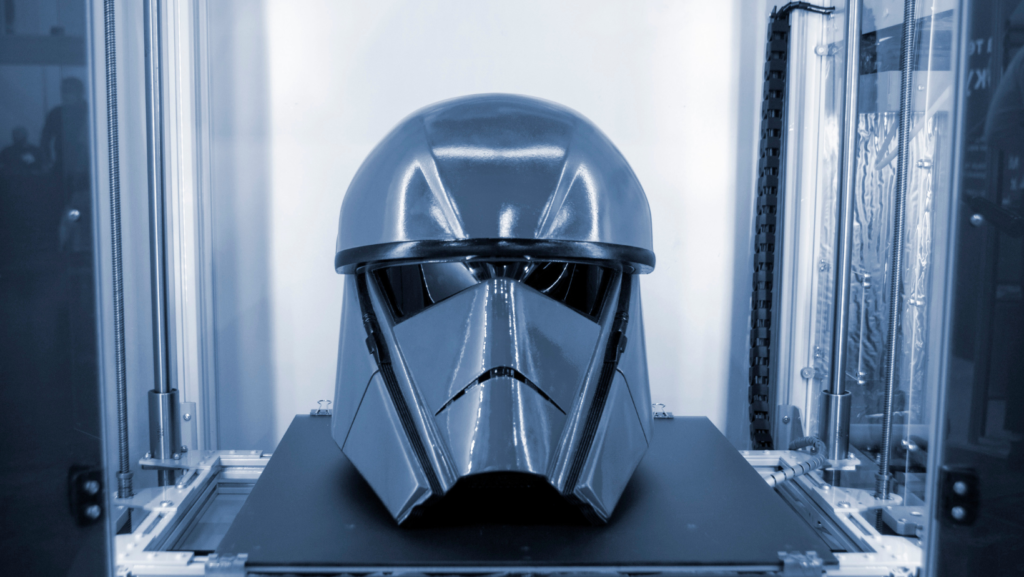
One way to stay ahead is to continuously learn and experiment with new software and tools. Keep yourself updated with the latest advancements in 3D modeling software, such as Ultimaker, Creality K1 Max 3D, or Dremel Digilab. These tools offer a wide range of features and capabilities that can take your designs to new heights. Take advantage of online tutorials and resources to sharpen your skills and learn new techniques.

Another crucial aspect of advanced 3D printing is material exploration. While PLA and ABS are commonly used, there is a whole world of materials waiting to be discovered. Experiment with exotic materials like metal filaments, wood-filled filaments, or flexible filaments. These unique materials can add a whole new dimension to your designs and open up endless possibilities. Additionally, exploring advanced printing techniques like multi-material printing or hybrid printing can give your designs an extra edge. With multi-material printing, you can create objects with varying textures and colors, adding complexity and realism to your creations.

Hybrid printing, on the other hand, combines traditional manufacturing techniques with 3D printing, allowing you to integrate electronics, fabrics, or other materials into your designs. Networking and collaboration are also crucial for staying ahead in the world of 3D printing. Connect with other designers, engineers, and enthusiasts through online communities, forums, or local meetups. Sharing ideas, tips, and tricks can help you learn from others and inspire new approaches to your own designs.

Lastly, never underestimate the power of experimentation and pushing the boundaries. Take risks, challenge yourself, and explore unconventional design concepts. Don’t be afraid to fail, as failure often leads to valuable lessons and breakthroughs. Embrace the iterative nature of 3D printing and constantly iterate and refine your designs.
By staying curious, embracing new techniques, and connecting with the vibrant 3D printing community, you can stay ahead of the curve and unlock the true potential of this groundbreaking technology. The future of design is waiting, and with advanced 3D printing techniques, you can redefine what is possible and create truly extraordinary designs. So, step out of your comfort zone, dive into the world of advanced 3D printing techniques, and let your imagination run wild.
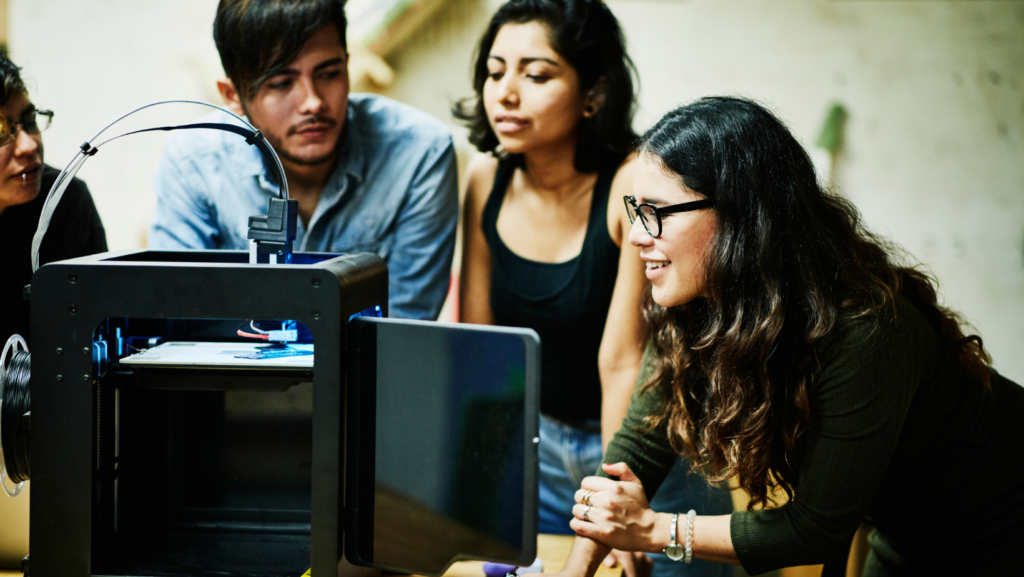
The possibilities are limitless! By staying ahead of the curve, you can stay competitive in this ever-evolving field. Stay up to date with the latest research and advancements in 3D printing technology. Attend conferences and trade shows to gain insights from industry experts and stay connected with the latest trends. Additionally, consider investing in professional development courses or certifications to enhance your skill set and broaden your knowledge.
Another way to stay ahead is to invest in high-quality equipment. Upgrading your printer, investing in advanced slicing software, or purchasing a post-processing machine can significantly improve the quality and efficiency of your prints. Keeping your equipment well-maintained and regularly calibrated is also crucial for achieving consistent and accurate results.
Lastly, consider collaborating with experts in related fields.
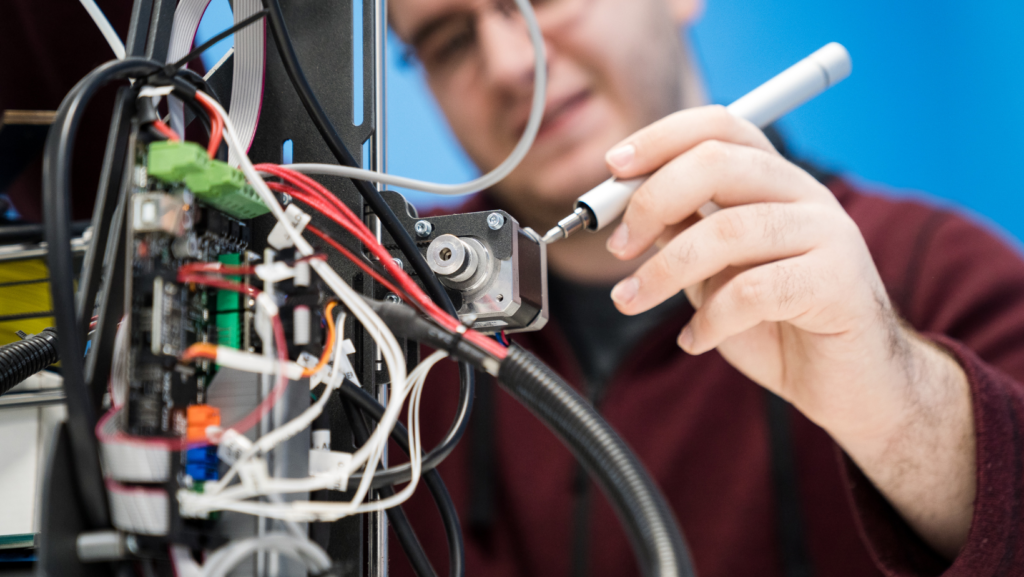
By partnering with engineers, architects, or artists, you can combine your 3D printing expertise with their specialized knowledge to create groundbreaking projects. Together, you can push the boundaries of what is possible with 3D printing and achieve truly innovative designs.
Real-life Success Stories – Achieving New Heights in Design with 3D Printing
3D printing has not only revolutionized the world of design but has also paved the way for incredible success stories. In this section, we will explore real-life examples of how individuals and businesses have achieved new heights in design with the help of 3D printing.
One inspiring success story comes from the fashion industry, where 3D printing has enabled designers to push the boundaries of traditional fashion. Brands like Iris van Herpen have embraced this technology to create stunning and avant-garde garments that challenge our perception of what is possible in the world of fashion. With 3D printing, intricate and complex designs can be brought to life, giving designers the freedom to experiment and create truly unique pieces.
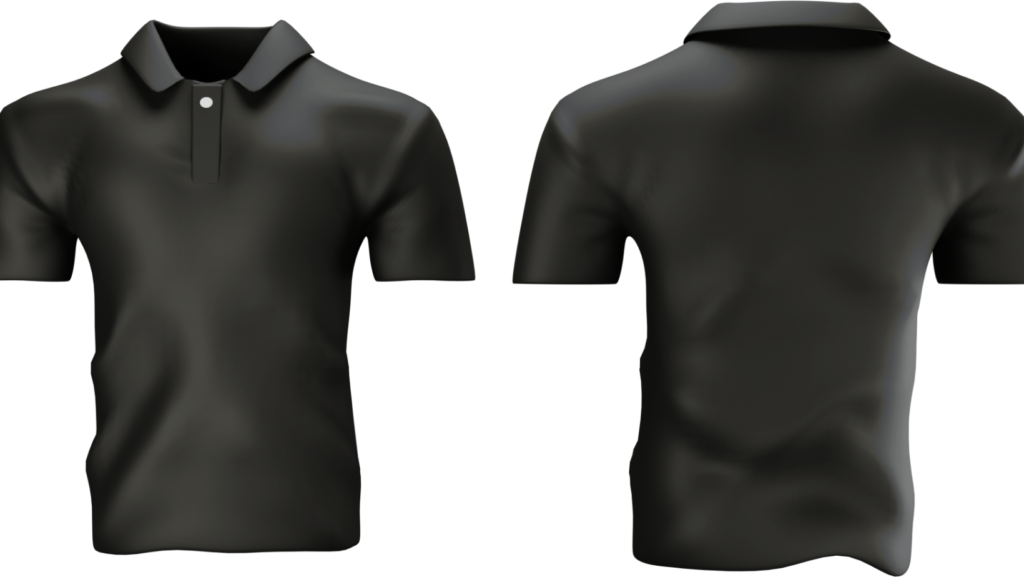
In the field of architecture, 3D printing has opened up new possibilities for sustainable and innovative building design. Companies like ICON have used 3D printing technology to construct affordable and energy-efficient homes, revolutionizing the construction industry. This technology allows architects to create complex and geometrically precise structures with ease, bringing architectural dreams to life.
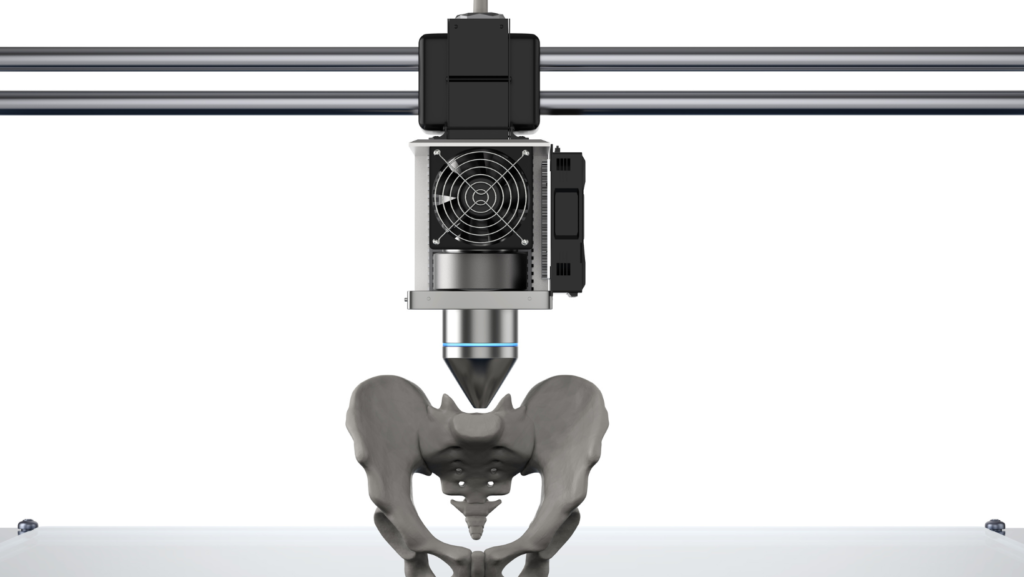
The medical field has also witnessed groundbreaking achievements through 3D printing. In 2014, a baby named Kaiba became the first person to receive a 3D-printed tracheal splint to treat a life-threatening condition. This success story highlights the potential of 3D printing to revolutionize healthcare, providing personalized solutions for patients and improving their quality of life.
The automotive industry has also been transformed by 3D printing. Companies like Local Motors have utilized this technology to create fully functional and customizable cars. 3D printing enables the production of lightweight and high-performance parts, reducing costs and increasing efficiency. This innovation has the potential to reshape the automotive industry, making transportation more accessible and sustainable.
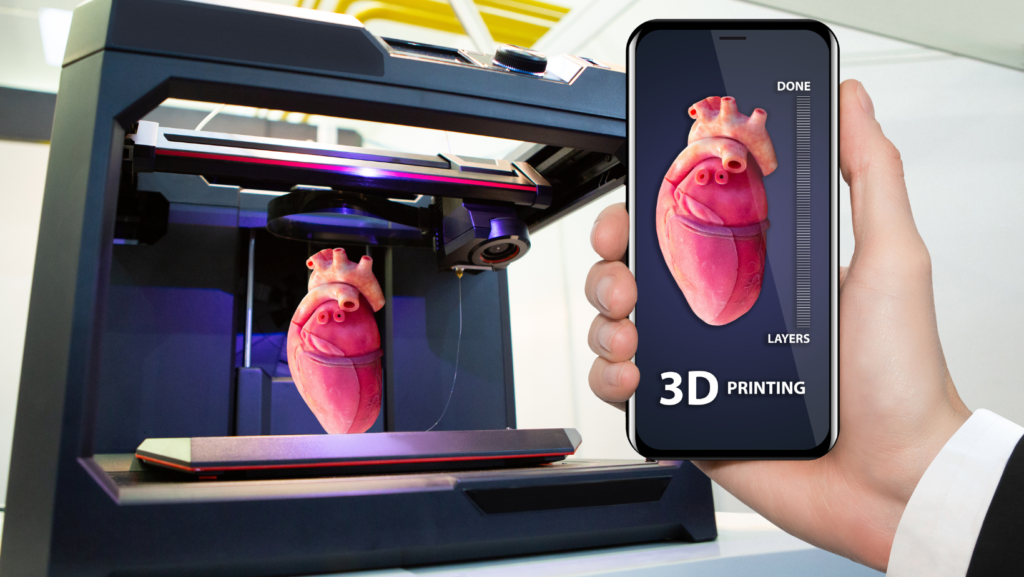
These real-life success stories illustrate the immense potential of 3D printing to transform various industries and push the boundaries of design. With this technology, creativity knows no bounds, and individuals and businesses alike have the power to revolutionize their respective fields. The future of design is being shaped by 3D printing, and these success stories serve as a testament to its limitless possibilities.
So, let these success stories inspire you to unleash your own creativity and embrace the potential of 3D printing. With this innovative technology at your fingertips, you have the power to achieve new heights in design and make a lasting impact on the world. The journey towards innovation begins now – what will you create with 3D printing?

